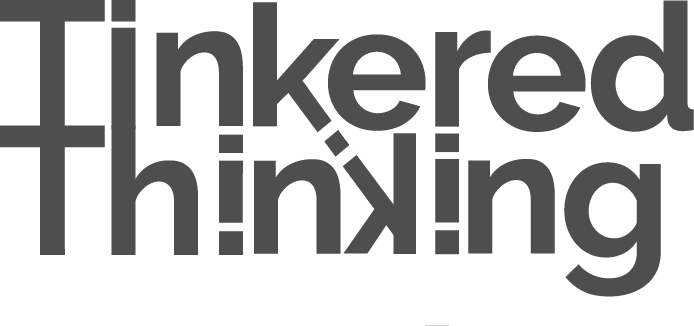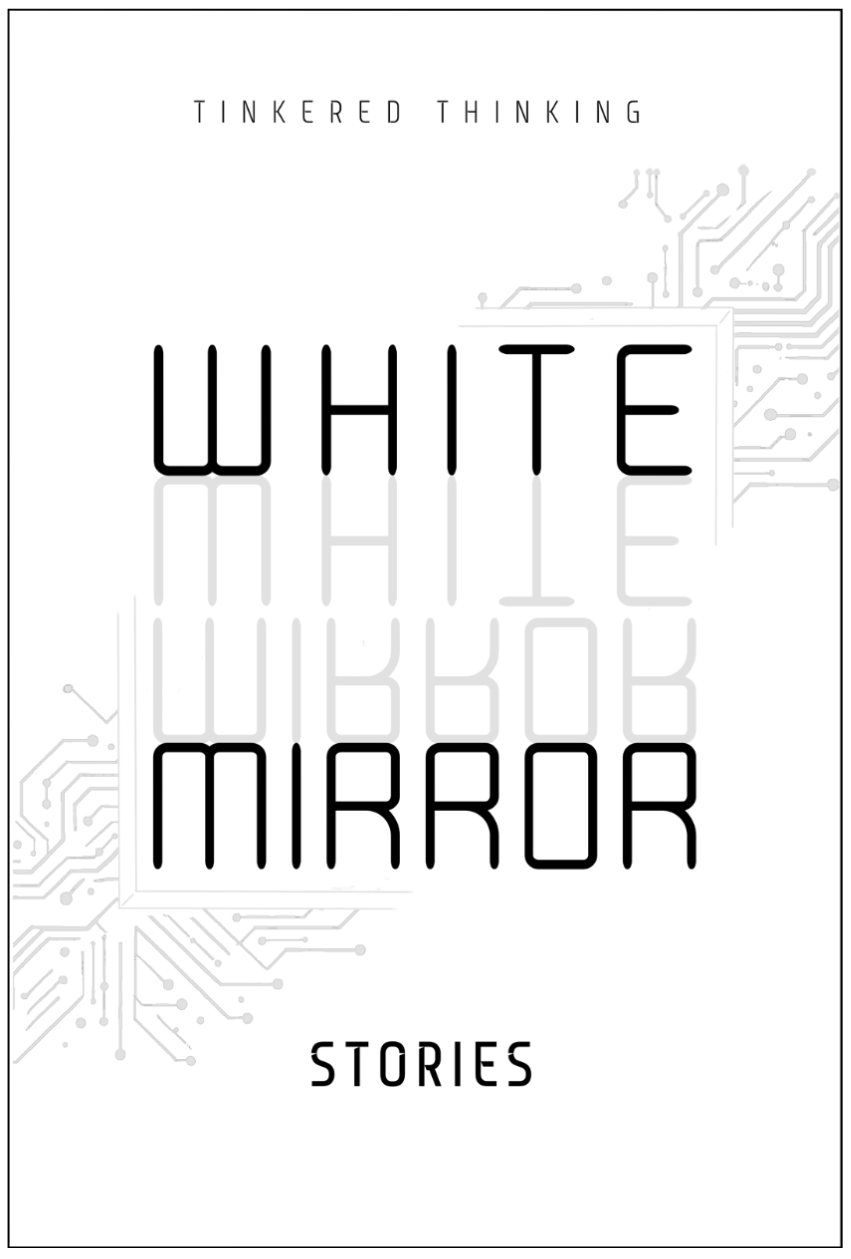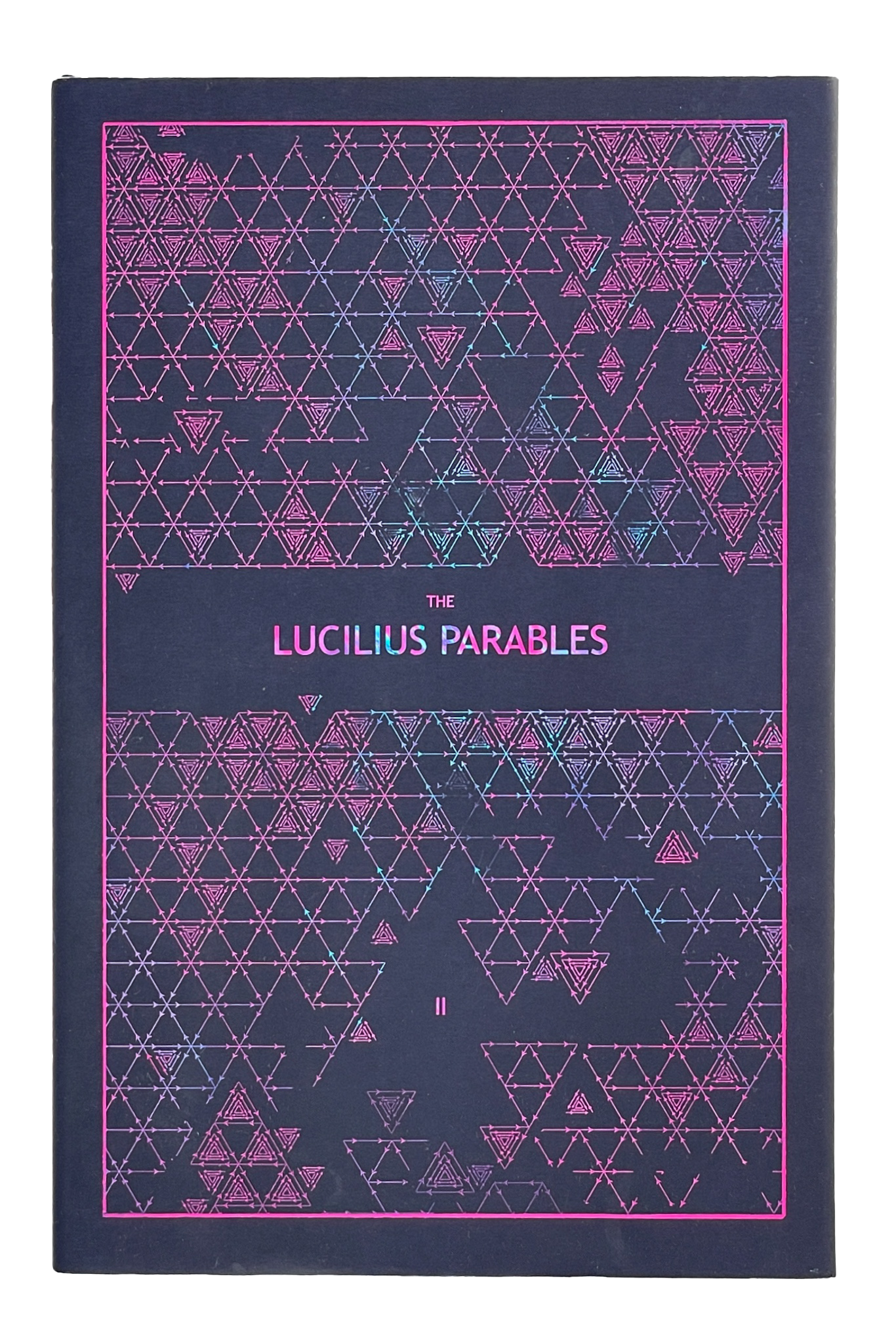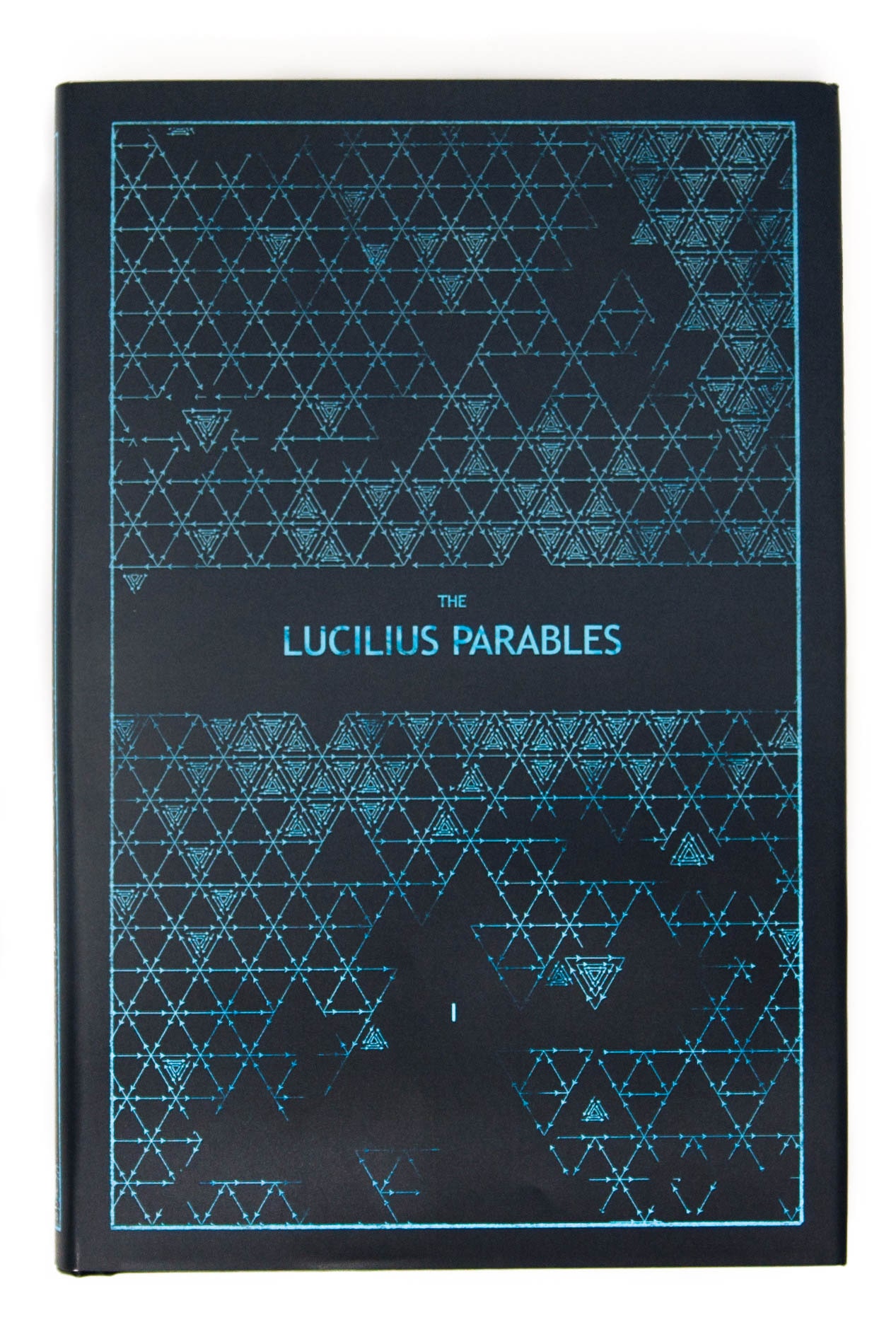Daily, snackable writings to spur changes in thinking.
Building a blueprint for a better brain by tinkering with the code.
subscribe
rss Feeds
SPIN CHESS
A Chess app from Tinkered Thinking featuring a variant of chess that bridges all skill levels!
REPAUSE
A meditation app is forthcoming. Stay Tuned.
BLAZING TRACKS
January 9th, 2019
Somehow ‘being on the right track’ and ‘blazing trails’ have come to mean much the same thing in the cultural parlance of moving forward and making progress. And yet these images could not be more incompatibly paired as synonyms.
They’ve perhaps been lumped together because any kind of forward progress is now coveted in a culture of productivity, leveling-up and the perennial task of eschewing the atrophy of being mediocre.
We can see this innate desire for novelty in the way social media platforms are built. Each social feed is designed with a primary concentration on tempting us with scrolling more, discovering the new. Novelty in this case appears to be a stickier factor than quality. But any kind of thoughtful pause will allow anyone to generally come to the conclusion that quality before novelty is probably a better order of priorities.
This obsession with the new perhaps undermines our ability to properly filter for quality. Instead of spending time with something to properly analyze it, we simply move forward. Each social media feed is like a track, which someone else has built, and in doing so, that person has much more control about where we go and what we see. This is where the two phrases ‘being on the right track’ and ‘blazing trails’ immediately diverge. While both are indicative of forward motion, suddenly the concepts of direction and agency emerge as attributes that make these phrases far from similar.
Being on the right track inherently carries with it an implication that we are using someone else’s structure to get somewhere, and since someone has already built this structure, anywhere we might go is a predetermined place, somewhere someone has already been because the person who built such a track had to get there first to actually lay the track. We might look at secondary education and much of the traditional career model as a system that conforms to this image of the track. In such a paradigm, it’s only a matter of picking the right track. The universities have already been built, the curriculum and diplomas already designed, the bureaucratic ladders of promotion already established. It’s just a matter of picking the right track and jumping through all the necessary hoops. Doing so might feel like blazing a trail personally in an emotional sense because each experience in this process is new to the individual, but this has an uncanny similarity to the social feeds we look. Every social feed is showing you something new. The important caveat is that while it appears new to the individual, it is not new to the larger system nor the population that takes part in such a system. We are seeing and experiencing what others have. Everyone who rides the same train is going to have a different experience that feels new to each person, but they are still experiencing much the same environment which can be predicted and anticipated or even designed by someone who is familiar with the overall structure of the track.
Blazing a trail on the other hand involves interacting with something that is truly new. Such an image might evoke a rugged character making a way through dense jungle, hacking at the foliage in order to get through. Here there is no set path, no track to zip us forward on our way. This is where no one has ever gone before. Blazing a trail is an image that is reserved exclusively for a frontier. It is where we come face to face with the unknown and the experience of uncertainty. And in this eerie pair of synonyms lie potential treasures that cannot be found on any track; for a very simple and straightforward reason. Anyone who has laid a track had to blaze a trail and clear the path in order to lay the track so any treasures that were found on the way into such unmapped territory were picked up by that explorer who had the luck to come across those treasures first. We might think of the creators of social media platforms, whether it be facebook, Instagram, twitter or even myspace. All of the creators of these systems and structures have become very wealthy as a result of their efforts. Not necessarily because they blazed the trail, but because they also laid tracks for others to easily follow in their wake and effortlessly see the new landscape that they traversed first. In the case of social media platforms, that track is a digital one and the landscape is other people and their thoughts, pictures, writings, songs, drawings and all other current manner of expression that can be hosted on this digital track.
One way to blaze a trail with these structures is to try and find a kind of human expression that has no representation on these large platforms. Finding a way to digitally integrate a form of human expression that currently has no representation is a way of blazing a trail away from these platforms, while simultaneously laying a branching track that people can follow.
But blazing a trail need not even be connected to any current popular system. While blazing a trail emotionally might be fulfilled by current systems, in order to truly blaze a trail where no one has ever ventured before, the two great navigational tools are curiosity and fear. Most of us battle a fairly ambient level of fear that coaxes us into more traditional forms of behavior and down more traditional tracks. Often we fear taking a chance and this is the emotional bottle neck that keeps the superpower of curiosity out of reach for use. For those who find their directions and even identity dominated by the status quo, their curiosity is tiled over with fear. Facing fear, if closely examined is really a matter of facing the unknown. Curiosity is the most efficient tool for navigating the unknown. It is the compliment to the cultural prescription to face one’s fear. While facing one’s fears is akin to progressing forward while leaning back and bracing for some kind of negativity, curiosity is progressing forward and leaning into the process with eagerness and a kind of hunger that can become unstoppable.
While it may seem like a wholly bad idea to follow someone else’s track based on this analysis, there is one singular benefit that should not be ignored. Tracks laid by another person can quite literally fast track you to a place where you can then curiously embark off into the unknown on your own. A place that would be impossible to get to on your own. This is the great gift of culture. And the simplest example is the language through which you understand these words. They were not created by you nor I, but we use them to fast track our ability to communicate and share ideas. In so doing we can compound the achievements of our forebears and build upon their tracks in order to use our limited time to explore the current frontiers and figure out a place where we can strike out on our own and find something new, some gift that we can turn around and show our fellow people, some unknown that might benefit our grand family.
This episode references Episode 63: The Etymology of Fear.
-compressed.jpg)





